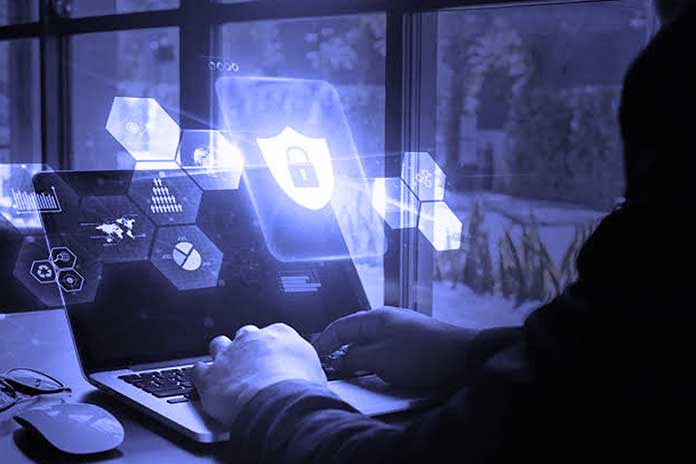The risk potential of cyber attacks has changed since the pandemic – especially from mobile or home office-based employees. In addition to new malware, security gaps in the existing infrastructure also increase the risk of infection.
Access to applications and information for employees who want to work from anywhere ( cyber attack from home office ) is associated with new security threats. In the first few months of the pandemic alone, 18 million malware and phishing emails related to COVID-19 were viewed daily by Google’s search engine. Every day attackers are developing more sophisticated ways to steal sensitive information from users, and the proliferation of remote access Trojans called RATs is just one example.
Cyberattack From The Home Office: A Question Of Security
The malware is used when attackers want to take control of infected laptops or other mobile devices. These Trojans either spy out passwords or steal confidential data, and even manipulating the microphone and camera to enable the unnoticed recording of conversations is now a reality for cybercriminals. Some examples of malware of this type that are currently spreading are ShellReset, Ursnif or SDBot.
At the same time, the number of applications and data required by users is increasing exponentially, so more and more information and processes have to be processed by the local systems. When a slow internet connection spoils the user experience, many mobile workers take the insecure but straightforward route and ignore security guidelines to access the desired applications and data quickly.
Old Networks Versus The New Flexible Cloud-Based World
The secure corporate network approach no longer applies in a digital world where applications are held in the cloud and employees need secure access from anywhere. In such a work environment, perimeter-based network security is associated with complexity and high MPLS costs. Mobile users also struggle to remotely access required applications in the data centre or the cloud if they have to detour from the data centre for security reasons.
If employees work on the go or from their desks at home, there are a few basics that companies need to consider to maintain productivity and security in equal measure. Will all employees be able to remotely access all of their applications securely and with high performance? It may not matter whether it is SaaS applications such as Salesforce, collaboration tools such as Microsoft Office 365 and internal applications in the data centre, or whether applications and data are stored in multi-cloud environments.
The Secure Access Service Edge (SASE) framework developed by Gartner is an exciting concept for companies that provide secure and fast access for many mobile and home office employees. It combines the requirements of companies in terms of agility and speed without compromising security. To put it simply, it can be said that the network and safety will be reorganized under this framework because SASE combines comprehensive WAN capabilities with numerous security functions (such as Secure Web Gateway, Cloud Access Security Broker, Firewall as a Service and Zero Trust Network Access) to support the dynamic, secure access requirements of employees.
The Central Importance Of Zero Trust
For secure access to applications stored in the cloud, for example, SD-WAN, local users or simply a mobile network path play an essential role in establishing a direct connection to the app without going through a hub-and-spoke infrastructure. Zero trust is of central importance for security, i.e., access authorization based on a valid user and device identity. Therefore, a holistic view of security is crucial, which considers the modern business requirements of the cloud and mobility and includes network and connectivity, and thus access speed for the user.
For the user, the focus is on fast and secure access to the apps they need, regardless of where they are, or the application is being held. A limited user experience in the age of the cloud can no longer be conveyed. Modern workplace models are built on the cloud, which offers the flexibility and agility required to work securely and seamlessly anywhere. With a SASE solution based on a cloud security platform, the filters are located in the cloud and monitor the data flows to the user without any loss of performance.
Conclusion On The Risk Of A Cyber Attack In The Home Office
With the help of SASE, secure and high-performance access to the Internet, applications in multi-cloud environments or the data centre are possible regardless of the employee’s location. The cloud shifts security to the edge and thus to the user. The convergence of network, security and connectivity requirements becomes a reality when Secure Web Gateway, SD-WAN and Zero Trust Network Access (ZTNA) merge and the user’s location no longer matters.
Also Read: Cyber Attacks: 3 Types Of Threats To Watch Out For in 2021


